In the U.S. alone there are over 20,000 overdose deaths related to prescription pain relievers, and almost 13,000 related to heroin, making drug overdose the leading cause of accidental deaths. Opioid addiction is driving this epidemic with approximately 91 daily deaths. As addiction rates have reached epidemic proportions nationwide, payers, providers, and patients are struggling with finding a compelling solution.
The addiction treatment workforce is undersized; only 1 out of 10 people suffering from addiction have access to the treatment needed to beat their addiction. So, how can addiction treatment facilities expand their programs and services to reach more of this patient population? How do they convince insurance payers they are delivering better outcomes and get reimbursed for their services?
Add Complimentary Programs
Clinical teams are challenged with where to refer patients that require a step up or down in an addiction treatment program, therefore facilities are looking to expand their state licenses in order to continue to serve their patient’s needs.
Inpatient Detox facilities are pursuing licenses that offer Residential 3.5 or 3.7, which allows time for a patient to successfully be placed in the next step of their journey. Another option for a step-down treatment may include adding a partial hospitalization program.
Medical insurance payers’ are focused on outcomes. They are looking for a holistic approach that heals the patient and yields positive results.
Add Licensed Staff
Behavioral and Addiction Treatment centers that have increased the number of licensed staff vs unlicensed staff have already witnessed positive results. The quantity of staff does not necessarily amount to quality. Payers and families that write the check, are starting to demand an experienced clinical staff. No longer does a bed or a seat suffice.
Adding educational perks to staff hired is a great way to reduce staff turnover and improve their skills. Staff turnover in many addiction treatment centers can reach a staggering 30%, which becomes very costly. The inclusion of medical insurance and educational perks not only proves you care but also has the ability to improve morale in an industry filled with struggles and personal setbacks.
If you’re looking to make your next goal winning an award as the best work-place in your community, CEU credits are a must. Encourage a technician to become certified, a Certified Addiction Professional (CAP) to become a Certified Addiction Therapist (CAT), and a Licensed Practical Nurse (LPN) to become a Registered Nurse (RN). Additionally, including a Licensed Marriage and Family Therapist (LMFT) to a clinical staff establishes credibility with payers. This includes family participation in individual treatment plans during a utilization review.
Finally, make sure that the staff has the technology in place to secure timely note taking and follow-ups. This prevents missed authorizations and assures that reimbursements are at their highest level possible for services provided.
Use EHR & RCM Software
Electronic Health Record (EHR) software that includes Revenue Cycle Management (RCM) tools such as reporting, analytics, electronic claim submissions, and posting can assist facilities in managing their current workload. The installation of the software also supports the addition of new programs and services. Ultimately, an EHR & RCM solution simplifies documentation and makes it easier to store and track patient and facility information by location.
Expansion is possible with the right technology tools. EHR & RCM software can help facilities manage growth with a streamlined solution. AZZLY® software solutions support the business side of facilities so they can put their focus on improved and expanded patient care. For pricing and a free demo call 1 (888) 400-3201 or complete our online form.




